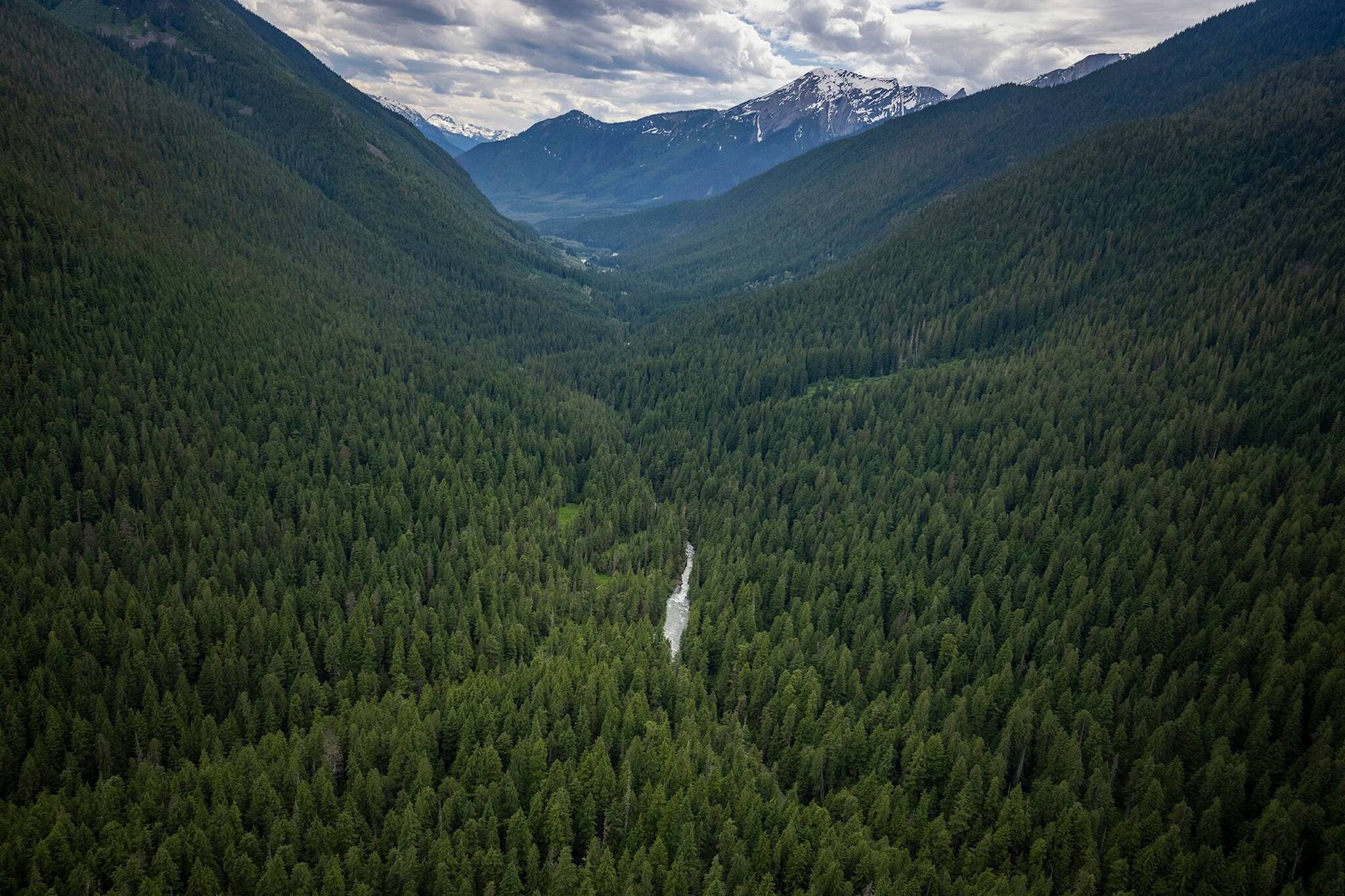Environmentalists are praising the creation of a new conservancy area near Revelstoke, but the provincial government needs to create 168 like it to meet its own protection goals by 2030.
Both Premier David Eby and Environment Minister George Hyman said during last month’s announcement of a new conservancy in the Incomappleux Valley that the province wants to protect 30 per cent of its land base by 2030.
The new Incomappleux Conservancy is more than 58,000 hectares — or 150 Stanley Parks — large and home to grizzlies, endangered bats and southern mountain caribou, more than 200 lichen species and red cedar trees more than 1,000 years old.
Under its new protected status, the space can still be used for traditional Indigenous practices and some low-impact economic activities, but logging, mining and hydroelectric power generation are prohibited.
Another 17,000 hectares in the southern part of the valley will also be protected from forestry.
Charlotte Dawe, conservation and policy campaigner with the Wilderness Committee, called the conservancy a “globally significant ecosystem” and a “haven” for many at-risk species in need of protection.
“It’s encouraging to see this protection as part of B.C.’s new conservation target and the B.C. government finally acknowledging that protecting wildlife requires protecting habitat.”
RELATED: ‘We owe it to our children’: 75,000 hectares of old growth forest conserved east of Revelstoke
The announcement of the new conservancy area comes after governments from around the world agreed in December to protect 30 per cent of land and water by 2030.
A statement from Ministry of Water, Land and Resource Stewardship says about 19.6 per cent of B.C.’s total land area — about 18.5 million hectares — are protected and conserved areas.
“This new protected area is such an incredible first step to achieving 30 per cent by 2030, so I’d like to give them the chance to make this happen,” said Dawe.
Dawe added that the province is likely to meet its goals by 2030, if the government defers more logging, freezes mining and drilling permits in sensitive areas and places immediate moratoriums on activities in Indigenous Protected and Conserved Areas.
“One issue I foresee happening which reduces the likelihood of meeting the target is that the government will only be interested in protecting areas where logging company buyout is possible,” said Dawe. “This could limit conservation opportunities and increase the cost.”
Such a buyout happened when Burnaby-based Interfor received an undisclosed sum for releasing 75,000 hectares from its forest tenure, Dawe said.
The Nature Conservancy of Canada is funding the new conservancy area with support from the federal government, Teck Resources, Wyss Foundation, Wilburforce Foundation and individual donors.
“When we work together with Indigenous communities, governments, industry and private citizens, we can achieve great results for nature. Incomappleux is an exciting example of this strategy in action,” Nancy Newhouse, B.C. regional vice-president of Nature Conservancy of Canada, said.
@wolfgangdepner
wolfgang.depner@blackpress.ca
Like us on Facebook and follow us on Twitter.

